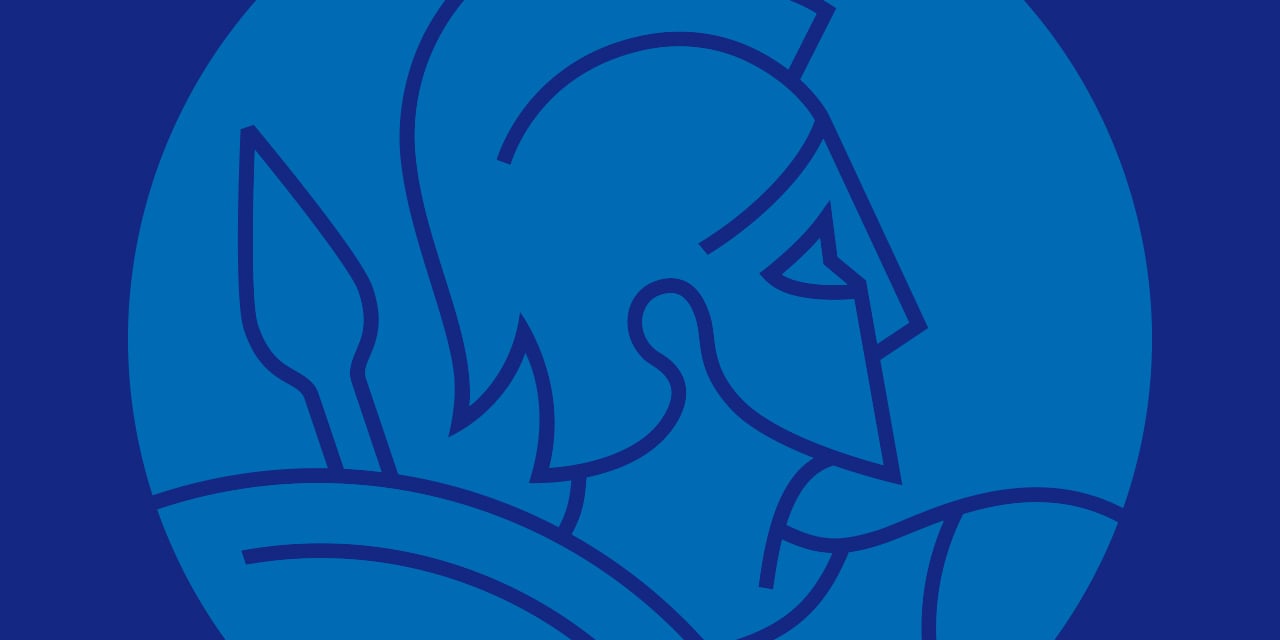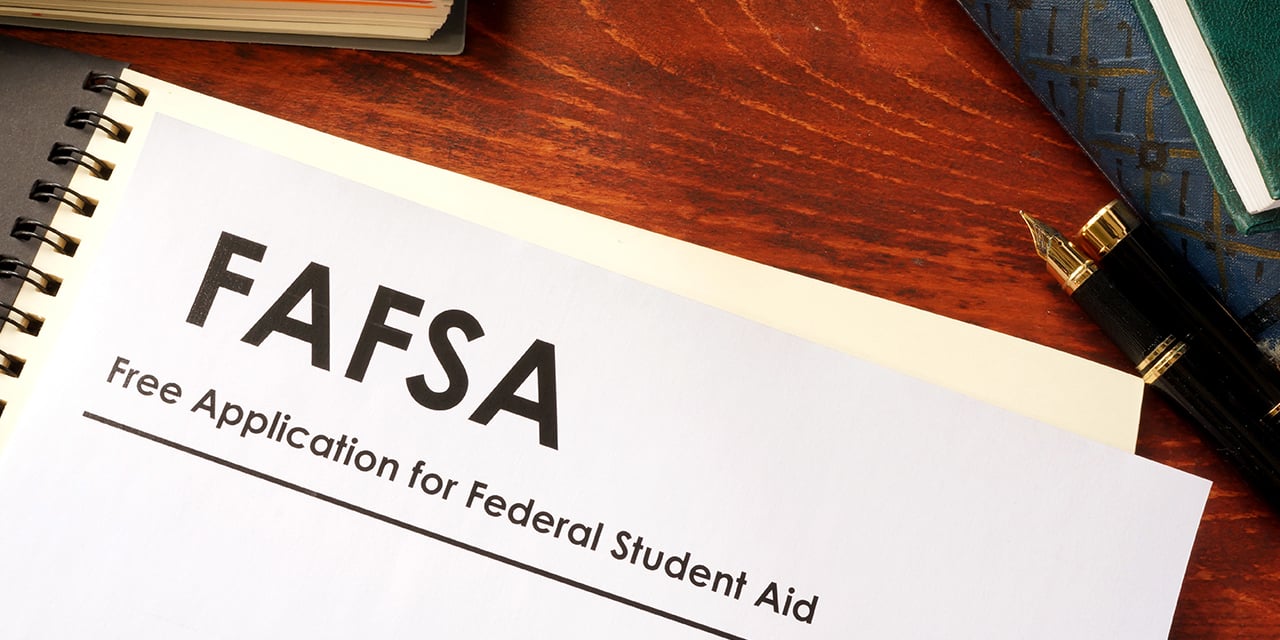
Preparing for the Return of Student Loan Payments
Ready or not, student loan interest and payments are starting up again. Take the time now to gauge their impact on your finances.
After three years and nine extensions, the “pause” on student loan payments is set to “unpause,” with loan interest resuming in September and loan payments resuming in October. However, restarting a $1.6 trillion federal student loan program will not likely be a smooth process: The financial circumstances surrounding repayment will have changed for many borrowers, and loan forgiveness and broader repayment programs are still being adjudicated in Washington. To help cut through the confusion, Baird Education Planning Consultant Jeannette Haen explains what we know about the restarting of student loan payments, how to prepare and smart strategies for paying off education debt.

Jeannette Haen
Baird Education Planning Consultant
Student Loan Payments and Relief
While student loan payments are expected to start up again in the fall, there are still issues related to debt relief to be resolved:
- Student loan forgiveness. In 2022, the Biden administration unveiled a plan to cancel up to $20,000 of student loan debt for Pell grant recipients and $10,000 for non-Pell grant recipients, depending on income eligibility. The Supreme Court rejected that plan in June 2023, but the administration has vowed to forge a new path to student debt relief through the Higher Education Act. However, when this new policy could be enacted and its likelihood of surviving constitutional challenges are unclear.
- Income-driven repayment. On July 31, the administration announced the Saving on a Valuable Education (SAVE) Plan, a new income-driven repayment plan. Under this new program, monthly payments will be capped at 5% (for undergraduate school) or 10% (for graduate school) of a borrower’s income. Additionally, if monthly payments are made, interest will not build up on the student loan balance. If you are enrolled in the REPAYE Plan or recently applied, you will be automatically enrolled in the SAVE Plan. There is no need to reapply or request to change your plan. If you are on a different repayment plan, you can the Department of Education’s website to learn more about the plan and how to apply.
- Other measures under consideration. The Biden administration has also announced plans to create a 12-month “on ramp” to repayment, in which missed payments will not automatically harm your credit or risk default. Other possibilities such as limiting the circumstances in which unpaid interest can be added to the loan principal or creating discharge opportunities for those with disabilities are also being discussed.
- The restarting of student debt payments affects 45 million people, or 13% of the total U.S. population.
- The average student loan payment is roughly $383 per month, compared to $213 per month in 2007.
- Student loans account for nearly one-third of the debt among individuals ages 18–29.
Source: Department of Education, Strategas
What You Can Do Now
Even though student loan payments aren’t scheduled to resume until October, it’s a good idea to take an all-in look at your student loan debt and overall financial circumstances now.
- Become reacquainted with your existing loan. Reach out to your student loan servicer to learn more about what you owe, your interest rates and when payments are due. Keep in mind some loan servicers are no longer in the industry, and you might have a different loan provider than you did before the pause. Also, stay alert to potential fraudsters looking to take advantage of unwary students and parents: Treat unsolicited offers with caution, and stay up-to-date with information and updates from the studentaid.gov site.
- Revisit your repayment options. Your circumstances might have changed since you last made a loan payment. Look into repayment options now while you have ample time to evaluate your choices.
- Calculate your monthly payment. Your lifestyle – and consequently spending decisions – might have changed over the past three years, in some cases significantly. Stress-test your budget and savings: How well are you able to absorb this additional monthly expense? If this new expense makes your current budget unfeasible without tapping out your credit cards, the time to take corrective action is now.
Recommendations on Paying Down Student Loan Debt
While money put toward an education is often a good personal and financial investment, that doesn’t mean you want to hang on to that debt longer than you have to. Here’s how students and their loved ones can address paying off education loans.
- For students. If you want to pay down your debt as quickly and efficiently as possible, it helps to start with the basics – knowing what debt you have, what your options are and what repayment plan best fits your goals and budget.
- For parents. We all want what’s best for our kids, but you also can’t lose sight of your other financial priorities – including a well-funded retirement. Take time to decide how best to balance your children’s future with your own.
As reported by the macroeconomic and policy experts at Strategas, a Baird company, more than 2 million student loan borrowers are delinquent on at least one non-student loan payment – which suggests that for a lot of students and recent graduates, adding a student loan payment into their budgets could lead to significant financial jeopardy. Your Baird Financial Advisor would be more than happy to guide you on how best to incorporate a student loan payment into your broader finances.
Note: This article was originally published in July 2023 and was updated in August 2023.
The information reflected on this page are Baird expert opinions today and are subject to change. The information provided here has not taken into consideration the investment goals or needs of any specific investor and investors should not make any investment decisions based solely on this information. Past performance is not a guarantee of future results. All investments have some level of risk, and investors have different time horizons, goals and risk tolerances, so speak to your Baird Financial Advisor before taking action.


